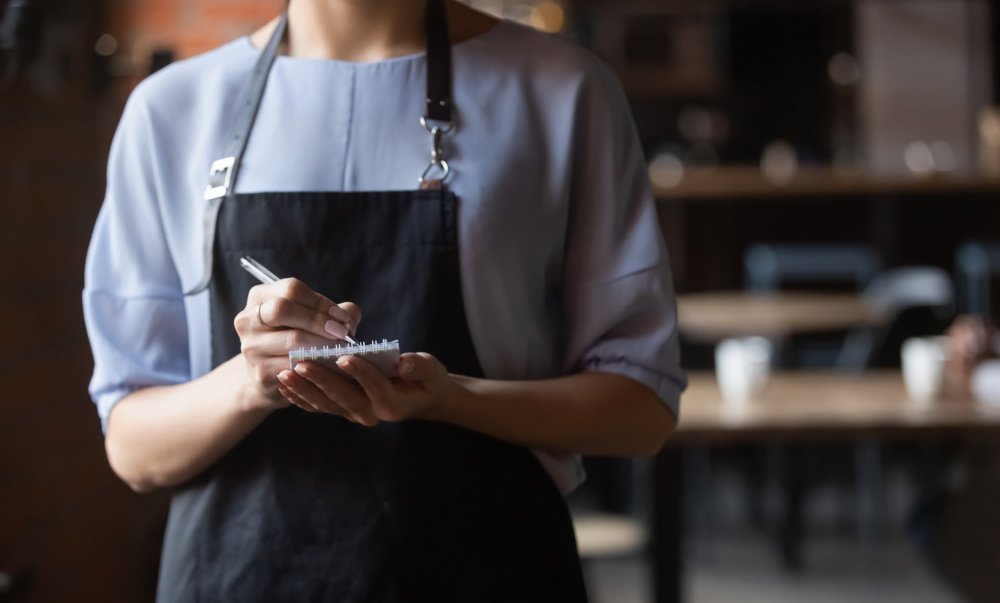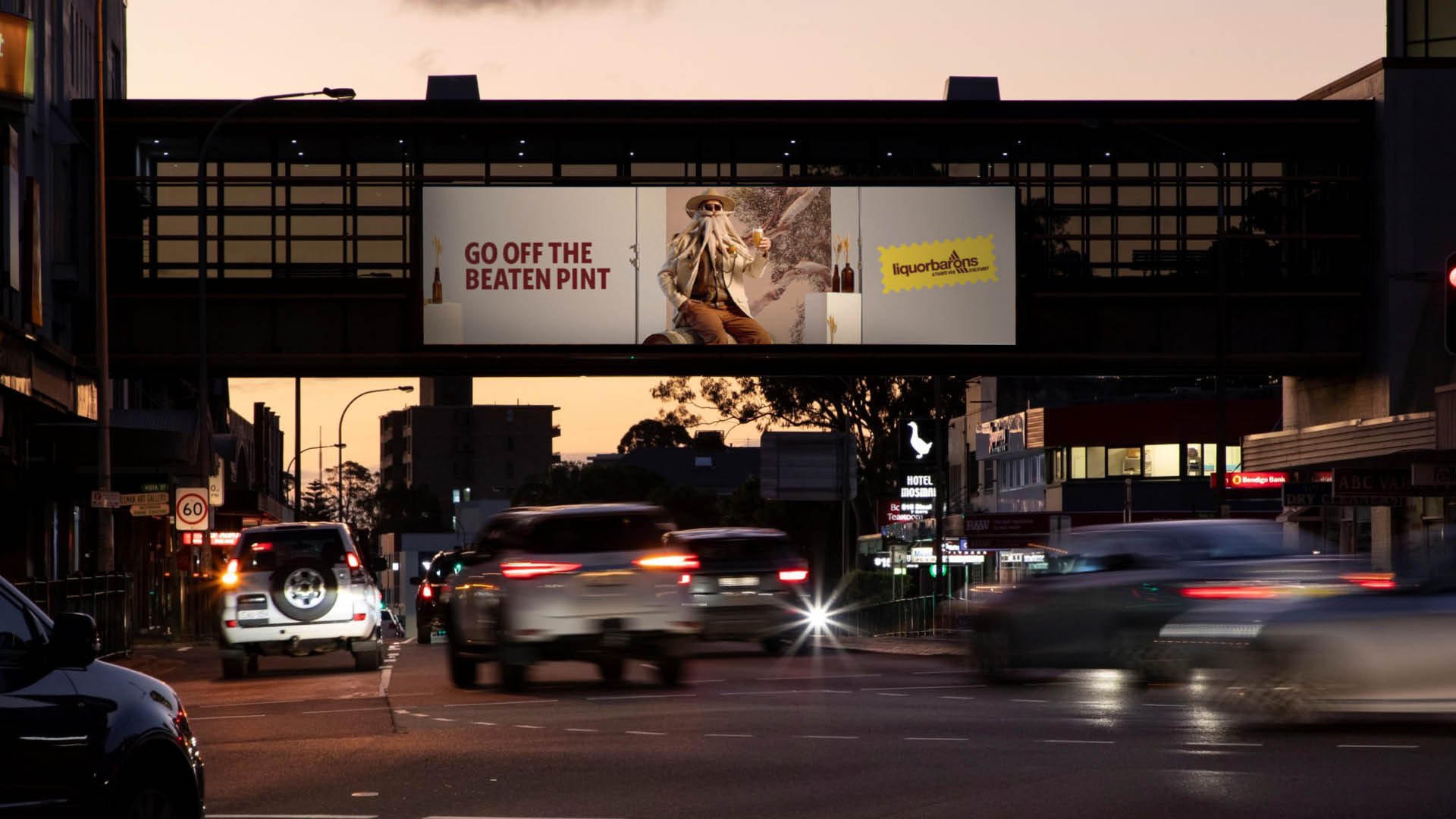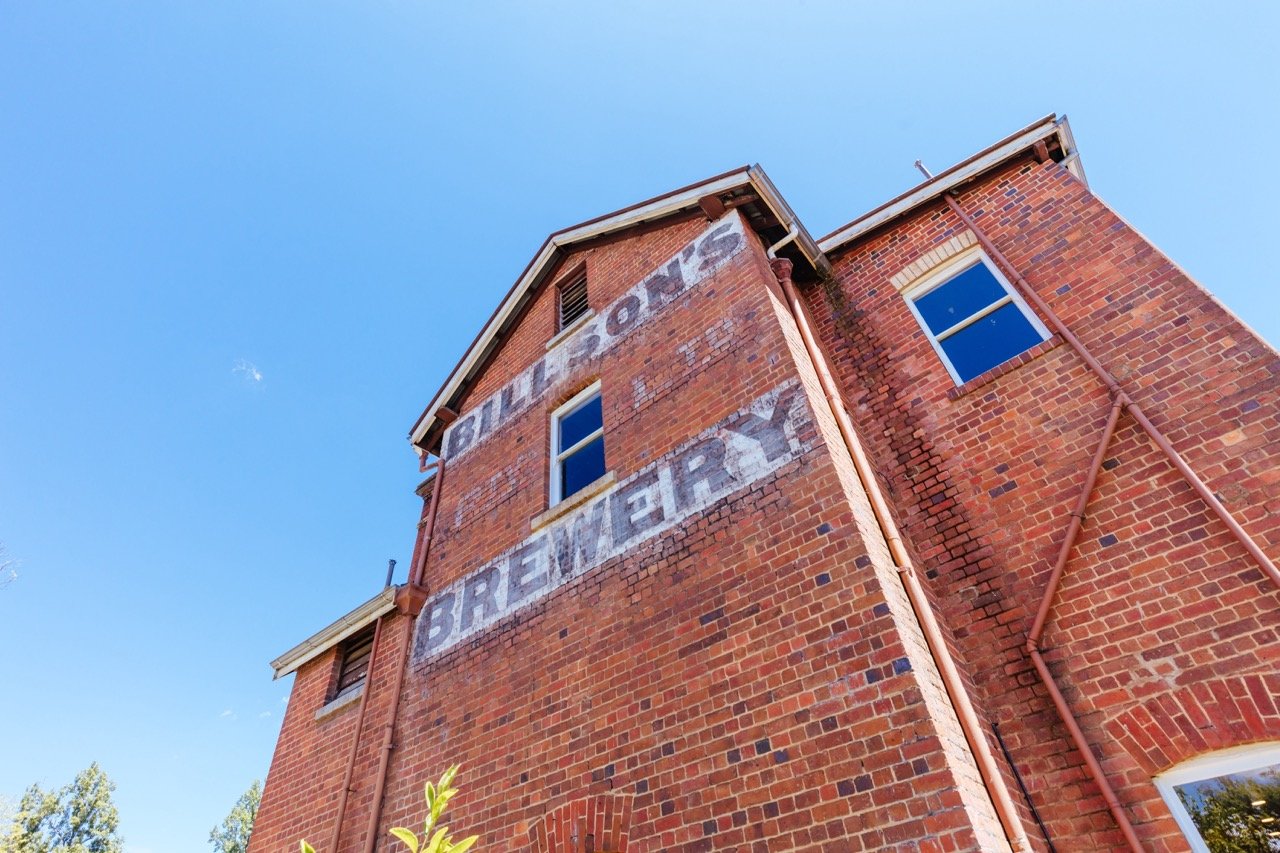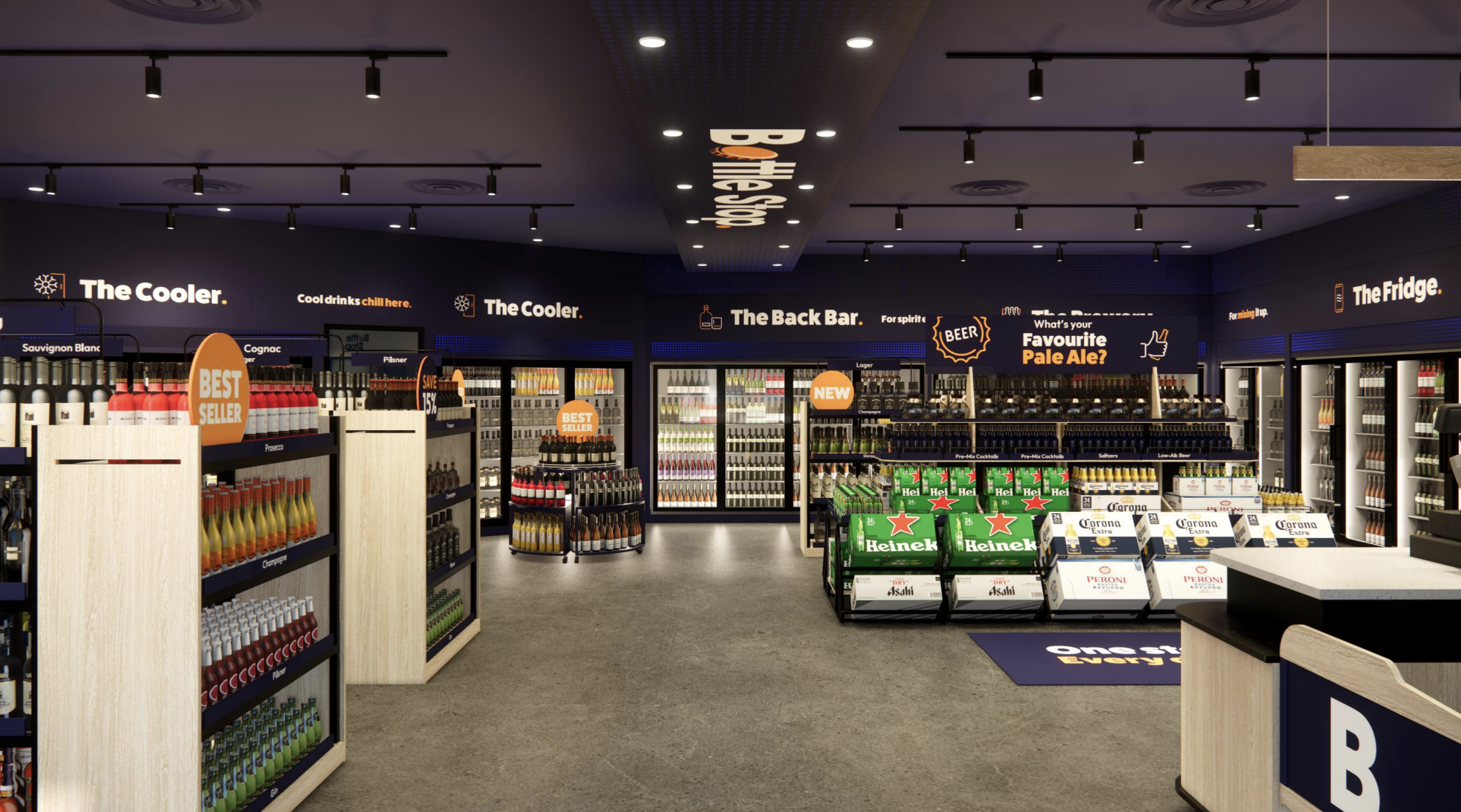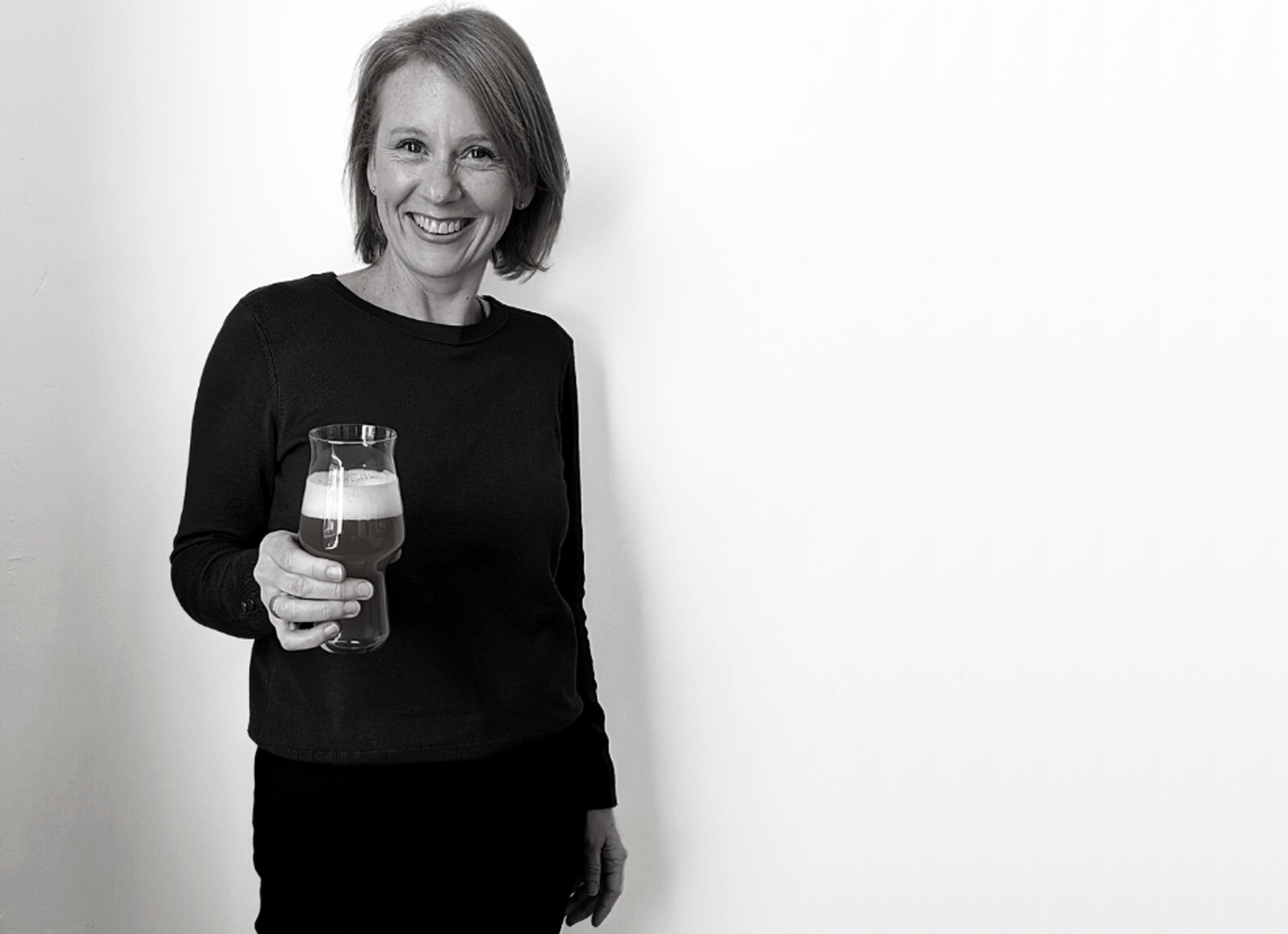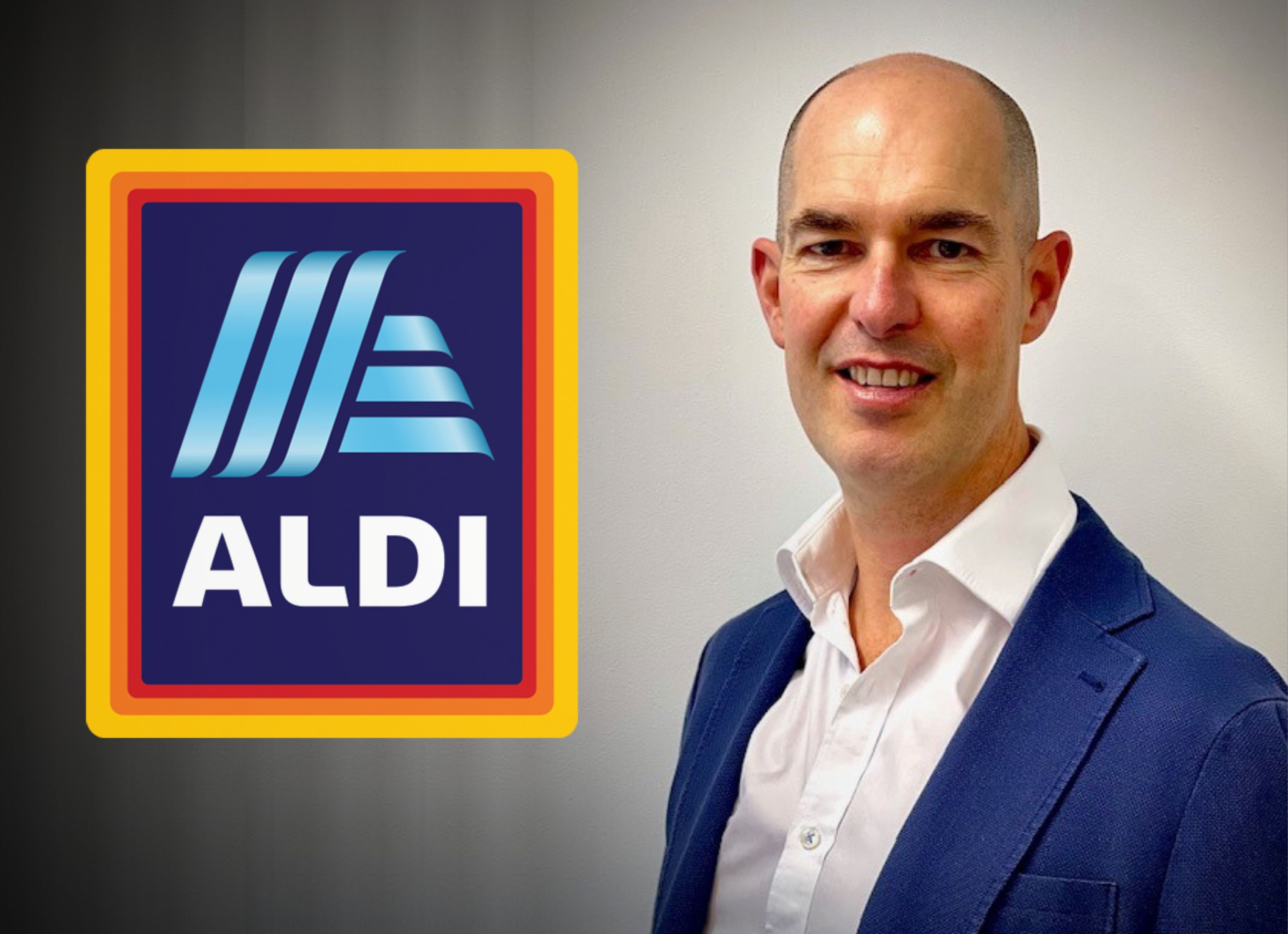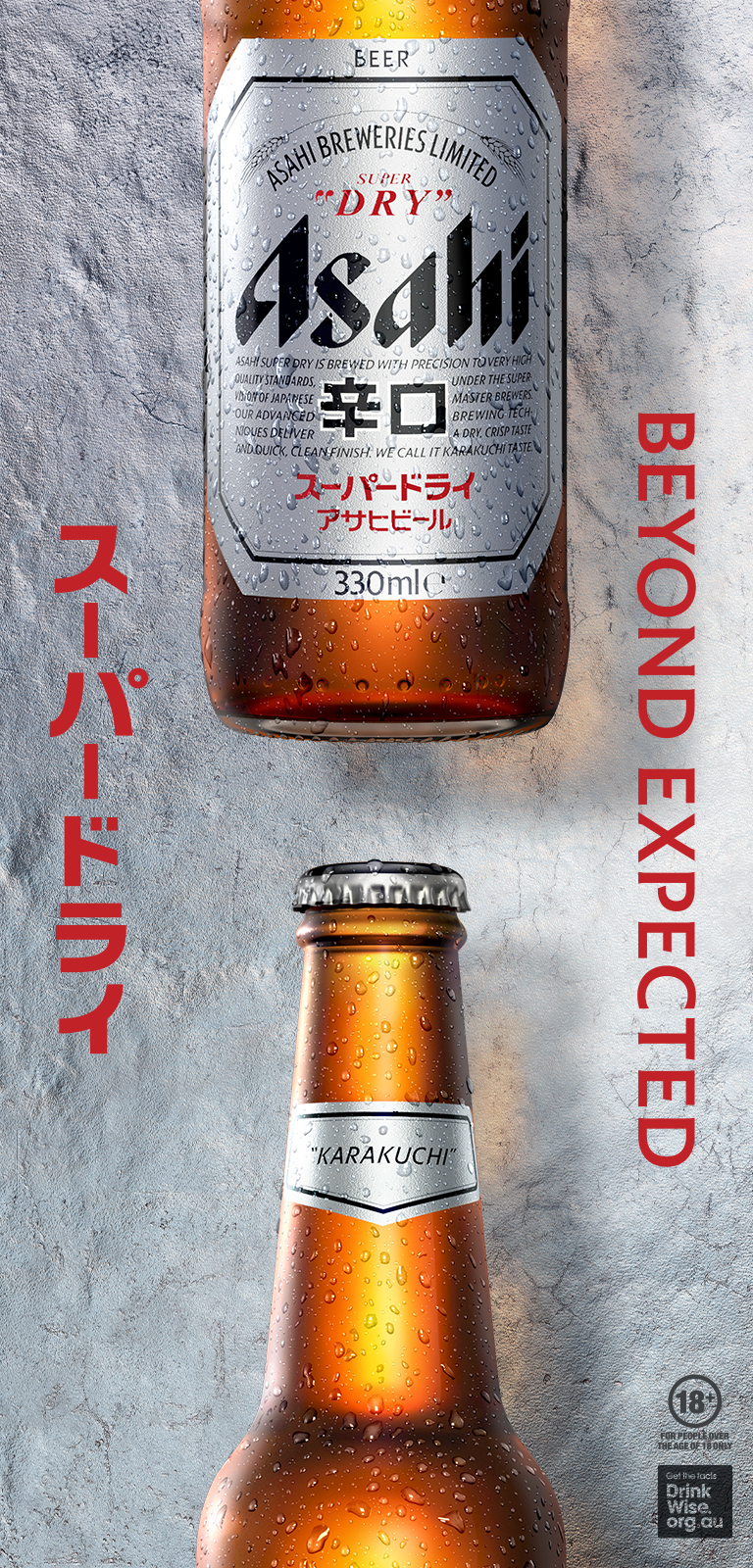According to Australia’s largest hospitality jobs platform, Barcats, recruitment in hospitality and tourism slumped 11.6% in October, leaving many venues understaffed heading into the lucrative Christmas holiday period.
However, more than two million international tourists are expected to visit our east coast for summer thanks to the weak Australian dollar, making a holiday in Australia appealing as a destination
But almost 11,000 pubs, cafes, restaurants, and other hospitality venues in NSW, Queensland, and Victoria that cater to tourists are set to miss out on the boom to business because of staffing issues.
“Hospitality venues that target international tourists could have a bumper summer, yet many are failing to open seven days a week, in a post-COVID hangover,” Barcats Australian CEO Jeff Williams said.
“That means up to 10,089 venues on the country's east coast may not take advantage of the influx of tourists set to spend over the holiday season.
“Tourist venues can enjoy the full benefits of the coming boom by opening seven days a week if they have the capacity to do so.
“Upcoming blockbuster events like the Taylor Swift and Pink concert tours, the Boxing Day Test in Melbourne and Aus Open, the Sydney to Hobart Yacht Race, the Wood Folk Festival in Queensland and The Star Gold Coast Magic Millions Raceday on the Gold Coast will attract interstate and international visitors.”
Tourism Research Australia estimates that 7.7 million international visitors are expected to visit our shores in 2024, up from 6.2 million in 2023 but down from 9.6 million in 2019, highlighting how tourism still has not fully recovered from the pandemic.
NSW, Victoria and Queensland collectively operate 55,500 licenced hospitality venues, 18% of which cater for interstate and international tourists, while 82% service Australians in their own communities.
Of the 45,500 community venues, 18,000 are located in Sydney, 15,000 are in Melbourne, and 12,500 in Brisbane.
“Australia’s traditional party season lasts three months from Melbourne Cup on the first Tuesday in November until Australia Day on 26 January,” Mr Williams said.
“This is the time for community cafes, restaurants and bars to gear up so customers can enjoy the festive period.
“In exchange, community venues should be supported by their local communities. Locals should back locals.”
The most popular hospitality jobs are bar staff, wait staff and chefs.
Hospitality staff on the move
According to Barcats research, more than three-quarters of existing hospitality workers have looked for a new job in the past three months, a disturbing sign for employers that they may be about to lose staff at the most critical time of the year.
Two-thirds of workers are anxious about working in the industry, related to cost-of-living pressures and lack of adequate training.
The findings suggest that hospitality staff are finding it difficult to keep up with the cost of living due to a lack of shifts and are looking for extra roles to stay afloat.
Forty-eight per cent of workers had multiple employers over the past three months.
Government regulations hampering hospitality
One area of training involves the government-mandated Responsible Service of Alcohol (RSA) courses that all hospitality workers must complete before they can work in a licenced venue.
However, the cost of doing so varies wildly between states.
In Queensland, the cost is $20-$35, compared to $50-$80 in Victoria and a staggering $125-$180 in NSW.
“The cost of obtaining an RSA is up to nine times more expensive in NSW than in Queensland., creating a significant barrier for many NSW businesses when they are trying to attract workers looking for their first job,” Mr Williams said.
“Standardising the RSA certification will also allow interstate workers to avoid an extra bridging course if they move states, which in turn could lure more workers to the industry, helping fuel economic growth.”
Share the content
